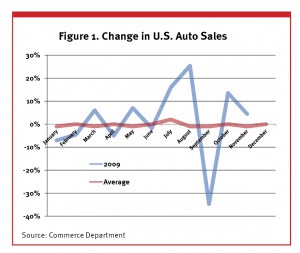A Whiff of Weimar: The Greek Crisis Gets Worse →
Things are getting very bad in Greece.
One of the best sources of news about the Greek social crisis has been the dispatches sent by the BBC correspondent Paul Mason. So we should pay attention when Mason decides to ring the alarm bell.
Last month, the Greek prime minister, Antonis Samaras, warned Europe that his country was on the edge of a Weimar Germany-style social collapse. What I have seen on the streets of Athens convinces me this is not rhetoric. There is a violent far-right party, its MPs committing and inciting violence with impunity; a police force that cannot or will not prevent Golden Dawn from projecting uniformed force on the streets. And a middle class that feels increasingly powerless to turn the situation round.
Is it really that bad? Yes.
How deep is the economic hole? The Greek statistics agency EL.STAT is reporting that the 2011 deficit stood at 9.4 percent of GDP and the public debt at a staggering 170.6 percent. Greece is begging the EU and IMF to release the latest tranche of aid—a staggering 31.2 billion euros ($39.7 billion). Forget trite talk of Greeks losing only their feather-bedded pensions and early retirement. The cuts are deep, the pain real, and the anger white-hot.
The neo-fascist party Golden Dawn won 6 to 7 percent of the vote in the Greek elections of May and June 2012 and is polling at twice that today, as anger rises against the economic austerity measures of the coalition government of Conservatives, Socialists and the Democratic Left.
Recently, the theater director Laertis Vassiliou saw Golden Dawn thugs shut down the play Corpus Christi, assaulting actors while the police—large numbers of whom openly support Golden Dawn—stood by and watched. Golden Dawn MP Christos Pappas was filmed “de-arresting” a demonstrator—removing him from police custody. Vassiliou caught the whiff of Weimar. “People went home with broken bones. Every day they phone me now, they phone the theatre, saying: your days are numbered,” Vassiliou said. “This was the Greek Kristallnacht.”
This is what happens when a nation spends money that it doesn't have for years on end. It's what happens when an increasingly large share of the population depends on that government money (whether through government contracts or through welfare) to survive.
This entry was tagged. Debt Foreign Policy Government Spending

